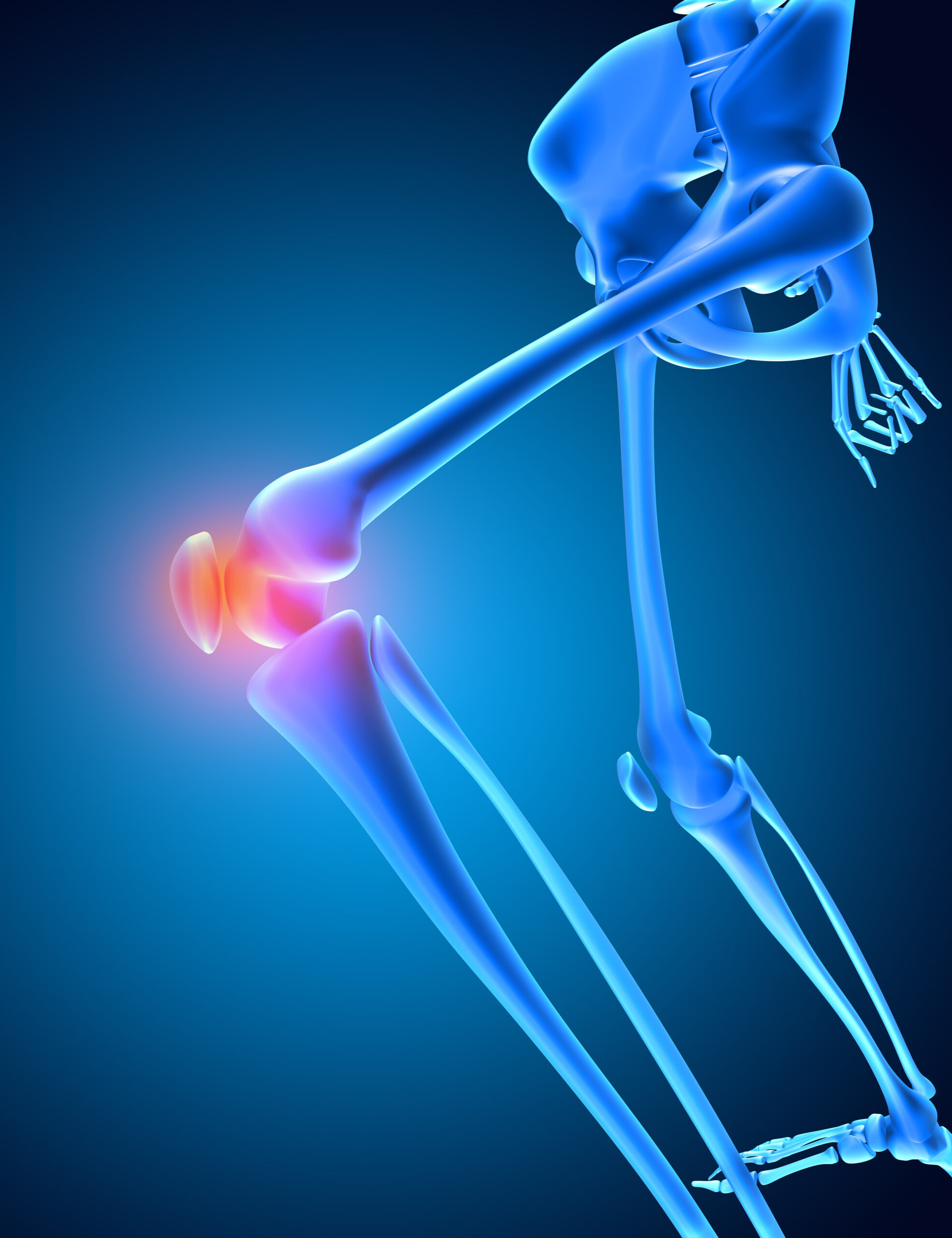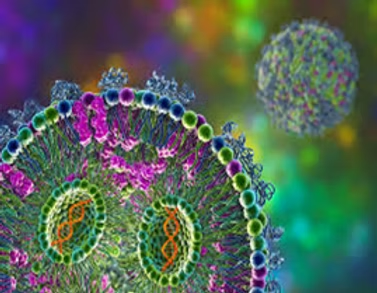Introduction
Access to healthy and nutritious foods is critical to life, sustaining health. Providing healthy and nutritious food makes a healthy workforce, which is a major boost to the economy of any place. With exploration in medicine, environment, and agriculture, we are heading towards modernization. Hybrid food and food products due to new technology are quoted to be healthy for our health, but they come at the cost of safety and potency. Unsafe food causes a vicious cycle of disease and malnutrition, affecting infants, young children, the elderly, and sick people the hardest. The food-borne diseases restrict the socioeconomic growth of any country by driving up the costs for the health system, national economies, tourism, and trade. Many hazards like unsafe agricultural practices, inadequate sanitary and hygiene conditions, absence of preventive controls, inappropriate use of food additives and chemicals, poor storage and handling make food harmful to human health.
Foodborne diseases are amongst the most common public health problems, and not more than 10% of the actual incidence of foodborne diseases are reported. It has been reported that unsafe food containing pathogenic microorganisms and toxic chemicals causes more than 200 diseases. Food- and water borne diarrheal disease is responsible for as many as 2 million deaths every year, worldwide, particularly among children. It has been estimated that reducing foodborne diseases by just 10% could save 5 million people from getting sick. The developed nations have complex standards for food preparation, whereas the main consideration in less-developed countries is the availability of sufficient safe water, which is normally a critical item. Serious outbreaks of foodborne diseases have been reported in every continent during the past decade, emphasizing their public health significance. The Centers for Disease Control and Prevention (CDC) have reported causes of illness in 1,565 outbreaks of single food commodities during 2003-2008.
Common Food-Borne Disease Etiologies

Food-borne disease is any disease caused by agents, usually some infectious or toxic, that enter the body through ingestion of food. Food-borne diseases are typically attributable to pathogenic organisms such as bacteria, viruses, protozoa, and toxins that contaminate food, water, and soil wherein the food is grown. These pathogens cause diarrhea and other fatal diseases, including meningitis. Some of the common etiologies responsible for food-borne illnesses are as follows:
- Bacillus cereus: It is often present in foodstuffs. It produces the heat-tolerant spores and endotoxins. Particularly from milk and milk products, Bacillus cereus is among the major causes of food poisoning. Meat samples (mutton tikka and chutney samples) gathered from the Kashmir valley, India, were reported to have a 45% and 32.5% B. cereus prevalence respectively.
- Salmonella typhimurium: This pathogen has been found in pigs, sheep, poultry, and cattle. Therefore, there is a possibility for human infection via consumption of infected animal foods.
- Salmonella enteritidis: This pathogen is the most usual cause of human salmonellosis, leading to invasive illness and reactive arthritis and is prevalent in poultry and eggs.
- Listeria monocytogenes: It is found in milk and cheese, meat, sea, and fish, along with raw and processed foods. Predominantly linked with meningitis, encephalitis, or septicemia, this microorganism mainly strikes pregnant women, newborns, or the aged. Infected pregnant women could have a stillbirth, preterm birth, or abortions.
- Escherichia coli O157: It is also known as Entero-hemorrhagic E. coli. The bacteria release Verocytotoxins which are mainly spread to people through the ingestion of contaminated foods, including raw and undercooked meat, as well as raw milk.
- Campylobacter: It is found in milk and milk products, and is one of the most common organisms associated with gastrointestinal disorders affecting infants, elderly persons, patients suffering from underlying disease and immune-compromised individuals. It also causes a serious illness namely Guillain-Barré syndrome, besides meningitis, hemolytic uremic syndrome, and reactive arthritis.
- Hepatitis E: It has been reported that the etiological agent for Hepatitis E is mostly found in water and food, especially raw shellfish.
- Cyclospora cayetanensis: Commonly reported in tropical water, but can also be found in raspberries, lettuce, and fresh basil. It produces a watery diarrhea in humans.
- Prion: The first described prion protein (PrP) was found in mammals. This infectious agent is responsible for mammalian transmissible spongiform encephalopathies, such as Bovine Spongiform Encephalopathies (BSE, commonly called “mad cow disease”) and Scrapie found in sheep. In humans, PrP is mainly responsible for Creutzfeldt-Jakob Disease (CJD). It is acknowledged that CJD has occurred in humans after the ingestion of the meat and offals of cattle, especially neural tissues.
- Viruses: Some food-borne illnesses are also caused by viruses. A disease outbreak due to Norwalk-Like Virus (NLV) was reported from India in the year 2002, which affected 130 nurses from the hostel of a civic hospital in Delhi. All the affected nurses had eaten sandwiches at a party.
- Chemicals: Food poisoning incidents in India are quite common at several cultural and religious functions where food is cooked on a large scale, as maintaining the hygiene while preparing and storing the food becomes quite difficult. So, most of the outbreaks are set in these environments and are found to contain adulterants that are not allowed to be added in foods. It has been observed that milk and milk products, atta, edible oil, cereals, condiments, pulses, coffee, tea, confectionary, baking powder, non-alcoholic beverage, vinegar, besan, curry powder, vegetables, and fish are commonly adulterated food items in India. The adulterants have been classified into three categories:
a) Purposeful adulterants: Sand, marble chips, stones, mud, talc, chalk powder, water, mineral oil, toxic colors, etc.
b) Incidental adulterants: Rodent droppings, larvae, pesticide residues, etc.
c) Metallic contaminants: Arsenic, lead, tin, etc.
Studies have revealed that the most frequent chemicals causing disease are naturally occurring toxins and environmental poisons.
a) Mycotoxins, biotoxins, cyanogenic glycosides, and toxins found in toxic mushrooms are examples of naturally occurring toxins. Food items such as corn or cereals may be contaminated with high levels of mycotoxins, including aflatoxin and ochratoxin, and chronic exposure to these toxins can influence the immune system.
b) We are also continuously producing organic pollutants such as polychlorinated biphenyls, dioxins, which are odourless, tasteless, colourless and highly stable compounds that get accumulated in the soil, air, and get through the human body. These compounds have numerous negative effects on the endocrine system upon human exposure. They are also neurotoxic, mutagenic and carcinogenic in the liver, biliary tract and skin.
c) Studies have shown that heavy metals such as mercury, lead, arsenic, and cadmium enter the body through food by polluting soil, water, and air thus causing neurotoxicity, nephrotoxicity, skin toxicity, and gastrointestinal toxicity, ultimately leading to death.
Impact of Food-borne Diseases
Reports of increased incidence of food-borne diseases related to the outbreaks and contamination of food are being made worldwide. Nevertheless, these reports are very limited and, especially in developing countries where populations are frequently exposed to a contaminated environment, such data are scarce. Therefore, the real burden of food-borne diseases cannot be gauged. As we trade and travel more, so does the risk of spreading dangerous pathogens and contaminants in food. So, a Local food-borne disease outbreak can become a potential threat to the whole world. Due to the globalization of food marketing and distribution, food products containing either types of contamination, whether accidental or intentional, can pose a worldwide health risk in several countries simultaneously. In 2008, an avian influenza outbreak in Bangalore caused the Middle East to impose a ban on Indian poultry products. According to an estimate, globally 600 million cases of illness are food-borne with 50 million cases being diarrheal diseases, and leading to 2,30,000 deaths globally. Further, it has been estimated that the annual burden of food-borne diseases in the South East Asia Region leads to 150 million cases causing 175000 deaths worldwide. In South East Asia, it is estimated that Campylobacter species give rise to >20 million cases of food-borne illness each year. In India, most of the food-borne disease outbreaks are not reported, recognized, or investigated and may only become apparent after severe health or economic loss has happened. Under such a status regulation of the outbreaks, elimination and identification of foods resulting in the problem, determination of causes contributing to contamination, survival, growth, and spreadof the suspected causative agent, protection against the recurrent outbreaks, and enhancement of food safety regulations and programmes cannot be achieved.
Policies to Combat the Unsafe Food Burden
Because of urbanization and a change in the lifestyle of people these days, we are dependent on the processed and ready-made food, which is being served in hotels and restaurants. Due to this increased demand, all kinds of food items are being produced, causing a degradation in the quality of food items and leading to a rise in food-borne pathogens. Further, while the population of the world increases, the agriculture sector has industrialized to cater to the growing needs of individuals, developing new opportunities but simultaneously posing new challenges for food safety. Since the change in climate causes alterations in food production, food storage, and its distribution, which in turn has a severe impact on the food safety. This puts extra burden and onus on the food producers and food handlers to make sure that food remains free of microbes.
a) Codex alimentarius
In 1978, the World Health Organization created a food safety programme to tackle the problems of food-borne diseases and food hygiene. Member states of WHO transmitted a mandate to the organization that included prioritization of food safety and a call for specific actions. At local, national, and international levels, multi-sectoral and multidisciplinary actions were undertaken to ensure safe and nutritious food. The year 2007 was the advent of international health regulations for the prevention and response of food-borne illnesses. Codex alimentarius is one of the oldest programmes of WHO. Also known as “Food Code,” it was established in 1963 by FAO (Food and Agricultural Organization) and WHO to develop some international food standards to promote fair practices in food trade and consumer health. It lays down guidelines for the safety and quality of food.
b) Food Safety and Standards Authority of India (FSSAI)
The Food Safety and Standards Authority of India (FSSAI) drafts regulations to ensure standards for food items and to regulate their manufacture, storage, distribution, sale, and import to ensure availability of safe and wholesome food for human consumption. It was set up under the Food and Safety Standards Act 2006. FSSAI is administered by the Ministry of Health and Family Welfare, Government of India. Broadly, FSSAI is assigned with the following functions:
- Setting the regulations and guidelines under which food safety is managed.
- Establishing maximum levels for food additives, contaminants, residues, processing aids, etc.
- Accreditation of certification bodies engaged in certification of Food Safety Management System.
- Laying down quality control procedures and their enforcement.
- Laboratory accreditation and their notification to stakeholders.
- Method of sampling, transmission, analysis, and exchange of information among enforcement authorities.
The Way Forward
The Indian government should enforce the existing food and safety laws in the most stringent possible manner. The companies going against the food safety standards prescribed for them must be taken to task. Consumers should be educated about the benefits of food safety. In India, food safety has inter-linkages with the government’s Swachh Bharat Mission of cleanliness and hygiene, and also the ‘Make in India’ campaign of the government. In terms of good quality food, the Mid-day Meal programme and the Integrated Child Development Programme are good interventions on the part of the government. These programmes should be enforced more vigorously and new such programmes need to be launched.
Conclusion
Food safety is an important part of the food security equation. Therefore, food safety should be an intrinsic part of health-based nutrition policies and nutrition education. Starting from agriculture to food processing to food packaging to food trade, it is a must that all the disciplines work hand in hand and give their full cooperation. A proactive approach towards food safety as part of primary healthcare in India is essential. Increasing awareness on the recognition of food-borne diseases and their symptoms, and the effective food control measures are needed. Food adulteration and low quality result in immense loss to the economic progress of any nation. Therefore, it requires a serious understanding and further research.
References
- Available at: http://www.who.int/mediacentre/fact sheets/fs399/en/. Accessed on 14th August 2016.
- Available from: http://www.who.int/campaigns/world-health day/. [Last accessed on 2015 Apr 29]
- Available from: http://www.who.int/campaigns/world-health day/2015/campaign-toolkit-en.pdf. [Last accessed on 2015 Apr 28].
- Hafiz Y, Iqbal A, Ahmad M, Wani N, Willayat MM. Prevalence of B cereus in mutton tikka and chutney samples in different seasons in Kashmir Valley. J Pure Appl Microbiol. 2012;6(2):975-9.
- Jaishankar M, Tseten T, Anbalagan N, Mathew BB, Beeregowda KN. Toxicity, mechanism and health effects of some heavy metals. Interdisciplinary Toxicology. 2014;7(2):60-72.
- Vemula SR, Kumar RN, Polasa K. Foodborne diseases in India – a review. British Food J. 2012;114(5):661-80.
- Walker CL, Rudan I, Liu L, Nair H, Theodoratou E, Bhutta ZA, et al. Global burden of childhood pneumonia and 2013;381(9875):1405-16.
- World Health Organization Global Salm-Surv. Progress Report (2000-2005): Building capacity for laboratory-based foodborne disease surveillance and outbreak detection and response. WHO. 2006. http://www.who.int/salmsurv/en/. Accessed on 13th August 2016.






